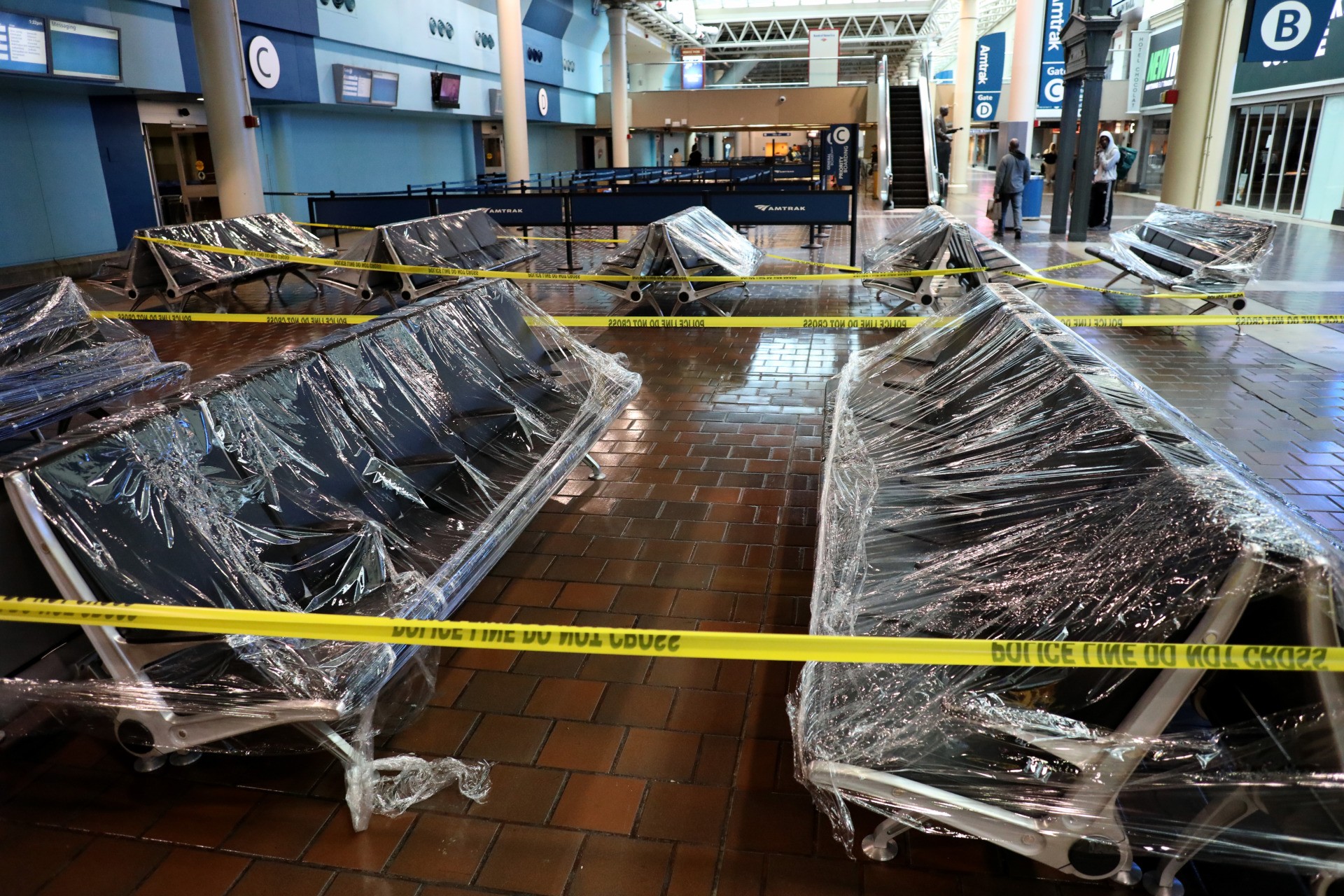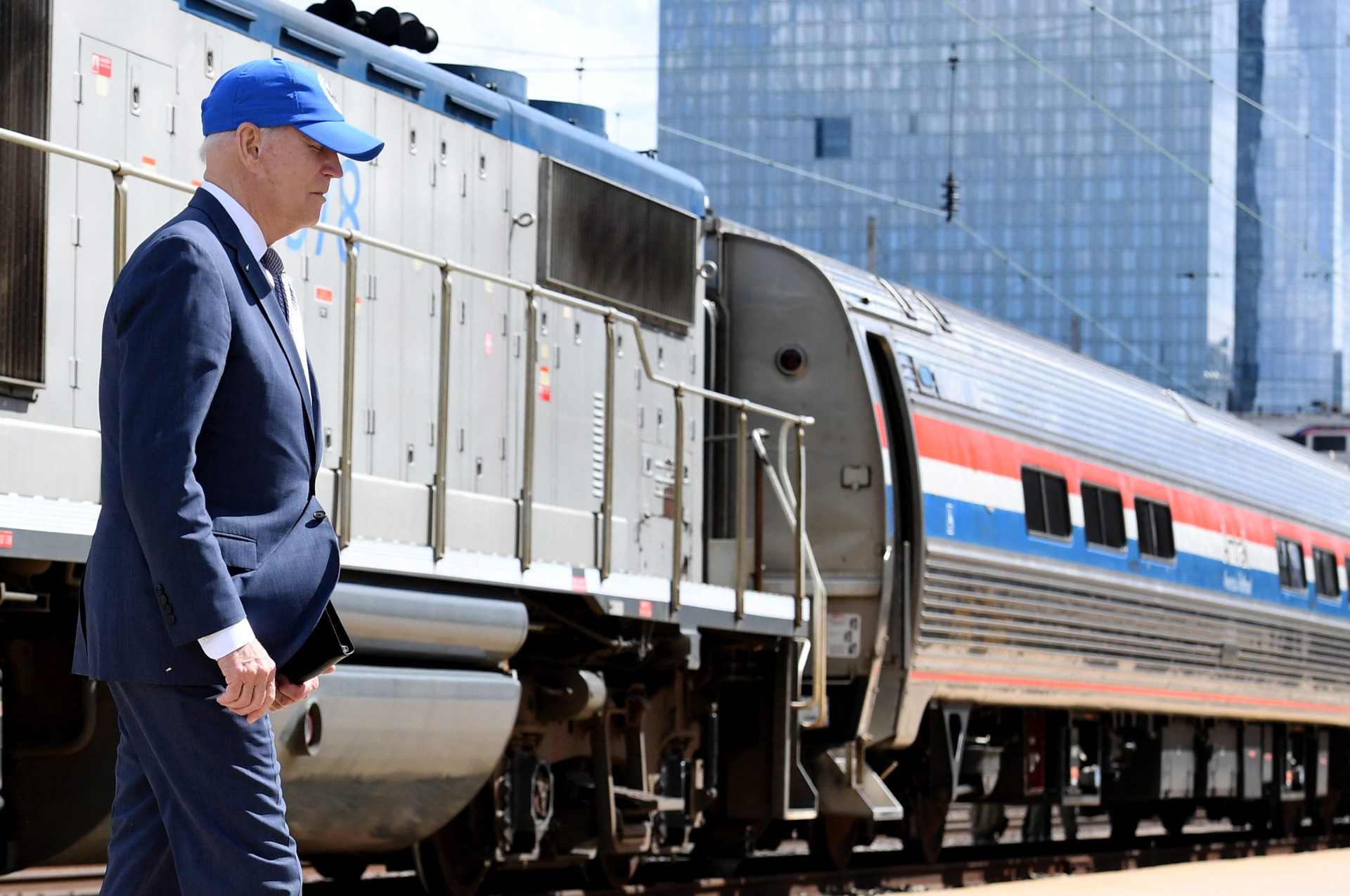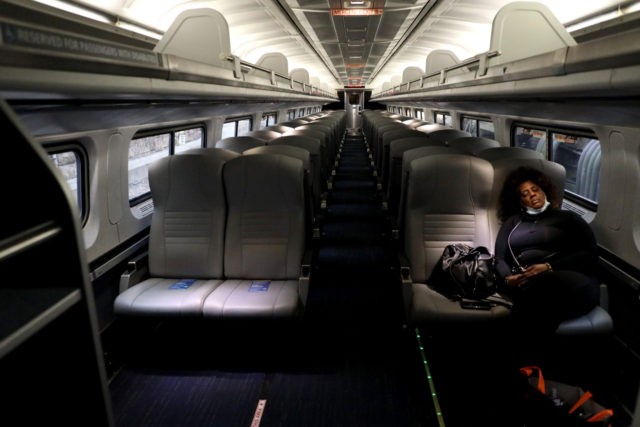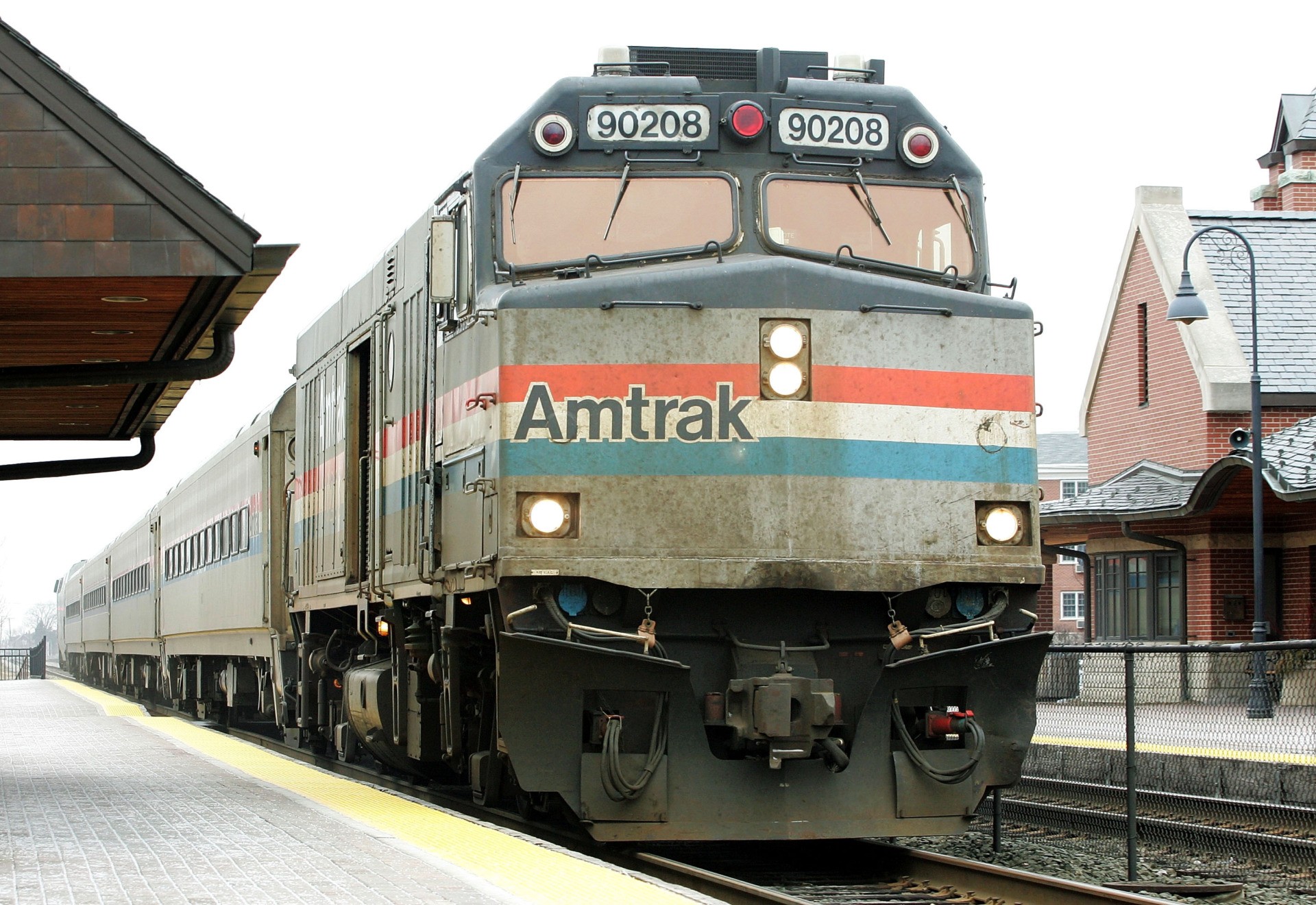The increasingly embattled infrastructure bill includes language that would change Amtrak’s goals away from minimizing costs to taxpayers and improving efficiency in favor of a costlier service that would abandon the goal of shrinking subsidies.
The bill also includes $66 billion in new funding for rail to upgrade the Northeast Corridor from Washington to New York City Boston, a train route sometimes known as the Elitist Express. It also proposes money for long-neglected maintenance on other parts of the system.
Although officially founded as a “for-profit” company, Amtrak has lost money since it was created by Congress in 1971. It has only been able to continue to operate because of subsidies from the federal government.
In 2008, Congress basically gave up on the idea that Amtrak could operate at a profit and instead required Amtrak to “use its best business judgment in acting to minimize United States Government subsidies.” The goal was to make the rail service sustainable for the long term by reducing its reliance on subsidies.

WASHINGTON, D.C. – APRIL 09: The seating area for boarding at an Amtrak gate is closed off at Union Station. Amtrak and commuter trains have cut daily routes amid the coronavirus (COVID-19) pandemic. (Photo by Rob Carr/Getty Images)
The new bill abandons that goal. Instead, Amtrak is instructed to “use its best business judgment in acting to maximize the benefits of Federal investments,” a far less defined target that would allow Amtrak officials themselves to define what counts as “benefits” and who should enjoy them. It also eliminates the goal of reducing losses, setting the rail company on the track to increases losses and costs to taxpayers.
Where the current law instructs Amtrak to consider “increasing fares” to minimize the subsidy, the infrastructure bill tells Amtrak to consider adopting “competitive fares,” code for lower ticket prices that would have to be more highly subsidized by taxpayers.
The instruction to consider “reducing losses on food service” would be replaced by “offering food service that meets the needs of its customers.”
Where the current bill says Amtrak should try “increasing employee productivity,” the current bill abandons the idea of efficiency altogether. In its place, Amtrak is told to focus on “providing economic benefits to the communities it serves,” transforming the national rail services into a tool of leftwing economic policy.
In the “findings” section of the current law, Congress declares that a greater degree of cooperation is necessary among Amtrak, other rail carriers, State, regional, and local governments, the private sector, labor organizations, and suppliers of services and equipment to Amtrak to achieve a performance level sufficient to justify expending public money.”
The infrastructure bill no longer expects the company to “achieve a performances level” that would justify subsidies. The subsidies are just assumed to be self-justifying.
Now the goal of cooperation is just “to meet the intercity passenger rail needs of the United States.”

US President Joe Biden departs after speaking at an event marking Amtrak’s 50th Anniversary at the William H. Gray III 30th Street Station in Philadelphia, Pennsylvania on April 30, 2021. (Photo by Olivier DOULIERY / AFP) (Photo by OLIVIER DOULIERY/AFP via Getty Images)
Although President Joe Biden has frequently proclaimed himself a fan of Amtrak, the changes in the infrastructure bill would leave the company less stable, less financially viable, and more vulnerable in times of government budget constraint. It could set Amtrak up for the need to make major service cuts if the federal government needs to reduce funding in the future or voters turn against lavish subsidies for rail travel.
At the height of the pandemic last year, Amtrak ridership fell by 95 percent. Congress bailed out the rail network with at least $1 billion in pandemic funding. At the start of this year, ridership was down 79.1 percent compared with the start of 2020.
Perhaps even more troubling, ridership was still down 53 percent in June of 2020 compared with June of last year. Compared with June 2019, ridership is down 70.7 percent.



COMMENTS
Please let us know if you're having issues with commenting.